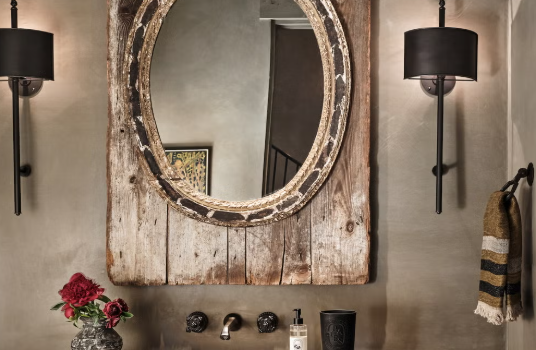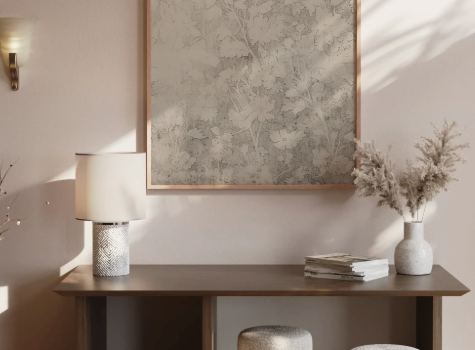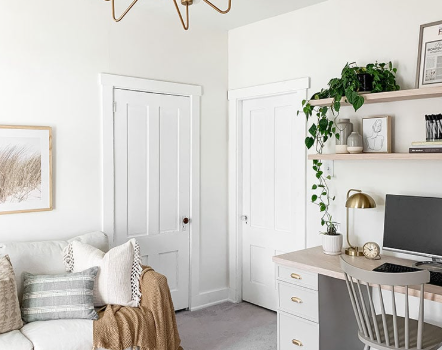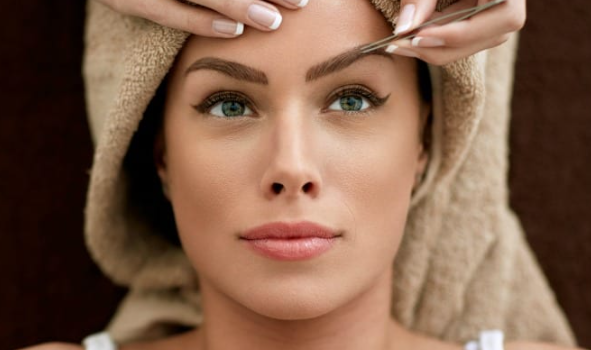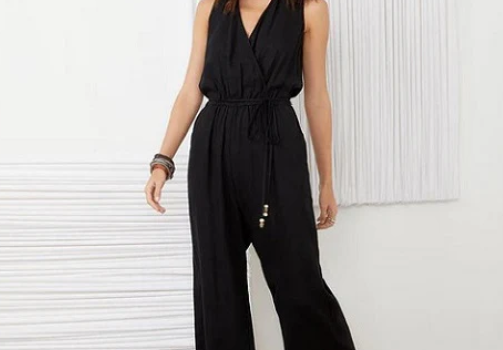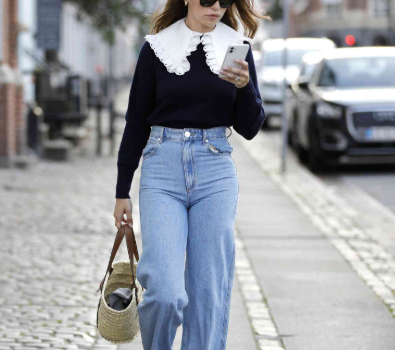
As we approach 2025, bathroom design is undergoing a remarkable transformation, merging functionality with innovative aesthetics. The bathroom, often considered a utilitarian space, is becoming a personal retreat, thanks to fresh trends and technological advancements. Whether you’re redesigning a spacious master bathroom or updating a compact powder room, 2025 offers something for every space. Let’s dive into the most exciting bathroom trends, from clever storage solutions for small bathrooms to color schemes that are dominating the year.
The Essence of Bathroom Design in 2025
The 2025 bathroom trends are a mix of sustainability, smart technology, and wellness-focused designs. Today’s homeowners are looking for spaces that do more than just serve a functional purpose—they want bathrooms that provide an escape from daily life. Here’s a look at the major trends influencing bathroom designs:
1. Sustainable Materials Take Center Stage
Eco-conscious choices are becoming increasingly important in bathroom design. The use of sustainable materials, such as recycled tiles, reclaimed wood, and other eco-friendly options, is on the rise. These materials not only contribute to a greener planet but also help create a serene, organic environment. Expect to see bathroom color trends in earthy tones that promote a sense of calm, creating a soothing atmosphere.
2. Embracing Smart Technology
As smart homes become more common, the integration of technology into bathrooms is no longer a luxury—it’s a must. Smart mirrors, automated lighting, and high-tech showers with adjustable temperatures are just a few of the innovations transforming the bathroom experience. These features provide increased convenience and a more customized experience, making your bathroom both high-tech and highly functional.
3. Wellness-Centered Designs
Bathrooms are increasingly being designed with wellness in mind. The idea is to turn your bathroom into a spa-like retreat, a place to relax and recharge. In 2025, you can expect to see features such as freestanding soaking tubs, rainfall showerheads, and built-in aromatherapy systems. These additions cater to the growing desire for personal wellness spaces that enhance physical and mental well-being.
Trends for Small Bathrooms in 2025
Even with limited space, small bathrooms can be functional and stylish. Here are a few trends designed to maximize your space while maintaining a sleek, modern aesthetic:
1. Vertical Storage Solutions
In small bathrooms, vertical space becomes a vital asset. Wall-mounted cabinets, floating shelves, and hooks can provide storage without crowding the room. These solutions help keep your bathroom tidy while offering a contemporary look.
2. Light and Airy Color Palettes
Small bathroom color trends for 2025 lean towards light hues to make rooms feel larger and more open. Soft whites, light blues, and muted greens are excellent choices. These shades reflect natural light, making your bathroom appear bigger and more inviting.
3. Streamlined Fixtures
Opt for minimalist fixtures in small bathrooms. Sleek, wall-mounted faucets and compact vanities not only save space but also add to a modern, clean design. These elements help maintain an uncluttered, open feel.
Bathroom Styles That Are In for 2025
The bathroom styles for 2025 are diverse, influenced by various tastes and inspirations. Here’s a glimpse into some of the top styles you’ll see this year:
1. Modern Farmhouse
Modern farmhouse design continues to capture hearts, blending rustic charm with modern elegance. This style incorporates shiplap walls, vintage fixtures, and neutral color palettes. It’s the perfect combination of cozy and sophisticated, with a focus on natural materials like wood.
2. Industrial Chic
Industrial chic is making a bold statement in 2025. Raw materials like exposed pipes, brick walls, and steel elements paired with sleek modern fixtures create an edgy and unique aesthetic. Dark accents, such as black and metallic finishes, further enhance this style.
3. Zen Retreats
Bathrooms designed as zen retreats are focused on creating a tranquil, peaceful environment. Think natural stones, bamboo, and indoor plants to build a calming atmosphere. This trend fits perfectly with the growing interest in wellness and relaxation spaces.
2025 Bathroom Color Trends
Color plays a huge role in setting the tone of your bathroom. In 2025, these color trends are making waves:
1. Earthy Tones
Warm, earthy colors like terracotta, muted greens, and soft browns are making a comeback. These shades add a grounded, natural feel to the bathroom, offering a sense of warmth and comfort.
2. Soft Blues and Greens
Pale blues and greens are popular choices for bathrooms, evoking a calm, serene feeling. These colors are reminiscent of tranquil waters and lush landscapes, making them ideal for a relaxing retreat.
3. Bold Accents
While soft tones dominate, bold accent colors are also trending. Deep hues like navy, forest green, and burgundy can add richness and depth to your bathroom design. Use these colors on tiles, vanities, or as decorative accents.
Sausalito’s Unique Influence on Bathroom Design
Sausalito’s coastal charm and vibrant arts scene influence many local bathroom designs. Here’s a look at the design elements that define the area’s approach to bathroom interiors:
1. Coastal Inspiration
Sausalito’s proximity to the water inspires bathrooms that feature light, airy designs. Expect to see bathrooms with colors and materials that reflect the surrounding coastline, such as soft blues and natural textures.
2. Bringing Nature Inside
Sausalito homeowners often incorporate natural materials and large windows to connect their spaces with the outdoors. This trend aligns perfectly with the growing movement toward wellness, creating bathrooms that feel like an extension of nature.
3. Artistic Influences
Sausalito’s strong arts scene also influences bathroom design. Handcrafted fixtures, bold artwork, and unique tile choices add personality and artistic flair, making the bathroom feel more personal and special.
Conclusion
The bathroom trends for 2025 bring an exciting mix of innovation and timeless design. Whether you’re looking for sustainable materials, smart home integration, or a wellness-focused space, these trends will help you create a bathroom that reflects both your style and your needs.
From small bathrooms to luxurious master suites, there’s a design to suit every space and taste. Embrace these trends and transform your bathroom into a stylish, functional retreat that embodies modern elegance.
The bathroom of your dreams is just a design away. Let these 2025 trends guide you toward creating a space that’s both beautiful and practical.








